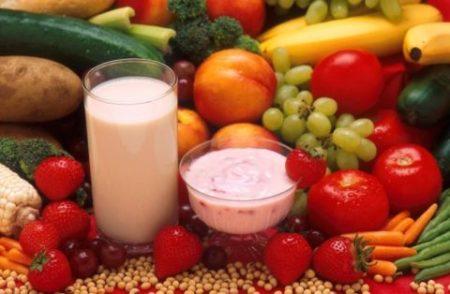What Can You Buy with WIC Benefits?

WIC – or the Special Supplemental Nutrition Program for Women, Infants, and Children – is a federal grant program designed to enhance the nutritional intake of low-income pregnant women, breastfeeding mothers, infants, and children up to age five. This program is federally funded and administered on the state level.
Unlike the Supplemental Nutrition Assistance Program (formerly known as food stamps), there are limitations on the types of food you can purchase with your vouchers. These foods are specifically chosen due to their dense nutritional content, in order to give you and your family the highest possible food value for your benefits.
Qualifying WIC Foods
Exact brand eligibility varies by state, because the program is administered by each state individually, so this is a general guideline for the types of foods available to WIC participants.
Cereal:
- Ready-to-eat (cold cereal) – authorized kinds may include Shredded Wheat, Corn Flakes, Bran Flakes, or Special K
- Hot cereals (instant and regular) – these may include Cream ‘O Wheat and oatmeal)
- Must contain at least 28mg of iron per 100g of cereal, and no more than 21.2g of sugars per 100g
Bread:
- Whole wheat or whole grain bread, buns, or rolls – must contain whole wheat or bromated whole wheat flour as the only listed flours
- Brown rice, oatmeal, barley, etc. – must not include added sugars, fats, or sodium, and may be regular or quick-cook
- Soft corn and whole wheat tortillas – must use traditional processing methods
- Whole wheat pasta products – can be any shape, as long as whole wheat and/or whole durum wheat flour are the only flours listed
Juices:
- Fruit and/or vegetable juices and blends – must be 100% unsweetened and pasteurized
- Fresh, single-strength, concentrate, frozen, or canned
- Must contain a minimum of 30mg vitamin C per 100ml of juice
- Choice of regular or low-sodium vegetable juice
- Juice fortified with other nutrients permitted at individual states’ discretion
- Not eligible – pop, fruit-flavored beverages, drinks that are not 100% juice
Milk:
- Nonfat, low-fat, reduced fat, or whole
- Cultured buttermilk
- Calcium-fortified dry or evaporated milk
- Lactose-free and lactose-reduced milk
- Acidified milk
- Flavored and unflavored
- Must contain 400 IU of vitamin D and 2000 IU of vitamin A per quart (32 ounces)
- Other milks such as keifer, acidophilus, goat’s, etc. eligible at individual states’ discretion
Cheese:
- Processed, pasteurized American
- Natural cheddar
- Colby
- Brick
- Monterey Jack
- Part-skim or whole mozzarella
- Provolone
- Muenster
- Swiss
All cheeses must be domestic and made with 100% pasteurized milk. Other eligible forms include cheese low in or free of sodium, fat, or cholesterol. No spreads, cheese foods, or imported cheese are permitted.
Yogurt:
- Must be pasteurized
- May be low-fat, fat-free, or whole
- Plain or flavored
- No more than 40g of sugars per cup of yogurt permitted
- No mix-in ingredients such as candy, granola, honey, etc. permitted
Eggs:
- Domestic, fresh shell hens’ eggs, any size in white or brown (individual states may limit options to white eggs only due to the higher cost of brown eggs)
- Dried egg mixes
- Liquid, pasteurized whole eggs
Legumes:
- Mature beans in dried or canned forms
- May include black, garbanzo (chick peas), great northern, kidney, lima or butter, black-eyed peas, fava, pinto, lentils, refried beans and others
- No added sugars, fats, meat, fruits, or vegetables permitted
- May choose from regular or low-sodium beans
Other foods allowed include peanut butter, tofu, soy beverages, fresh fruits and vegetables with no added sugar or other ingredients besides sodium, (canned, frozen, and dried may be eligible based upon states’ individual discretion), and canned tuna fish. In addition, some states participate in the WIC Farmers’ Market Nutrition Program, which allows participants to get fresh fruits and vegetables at participating farmers’ markets. Check your state’s policies for the specifics available to you.
